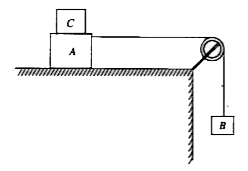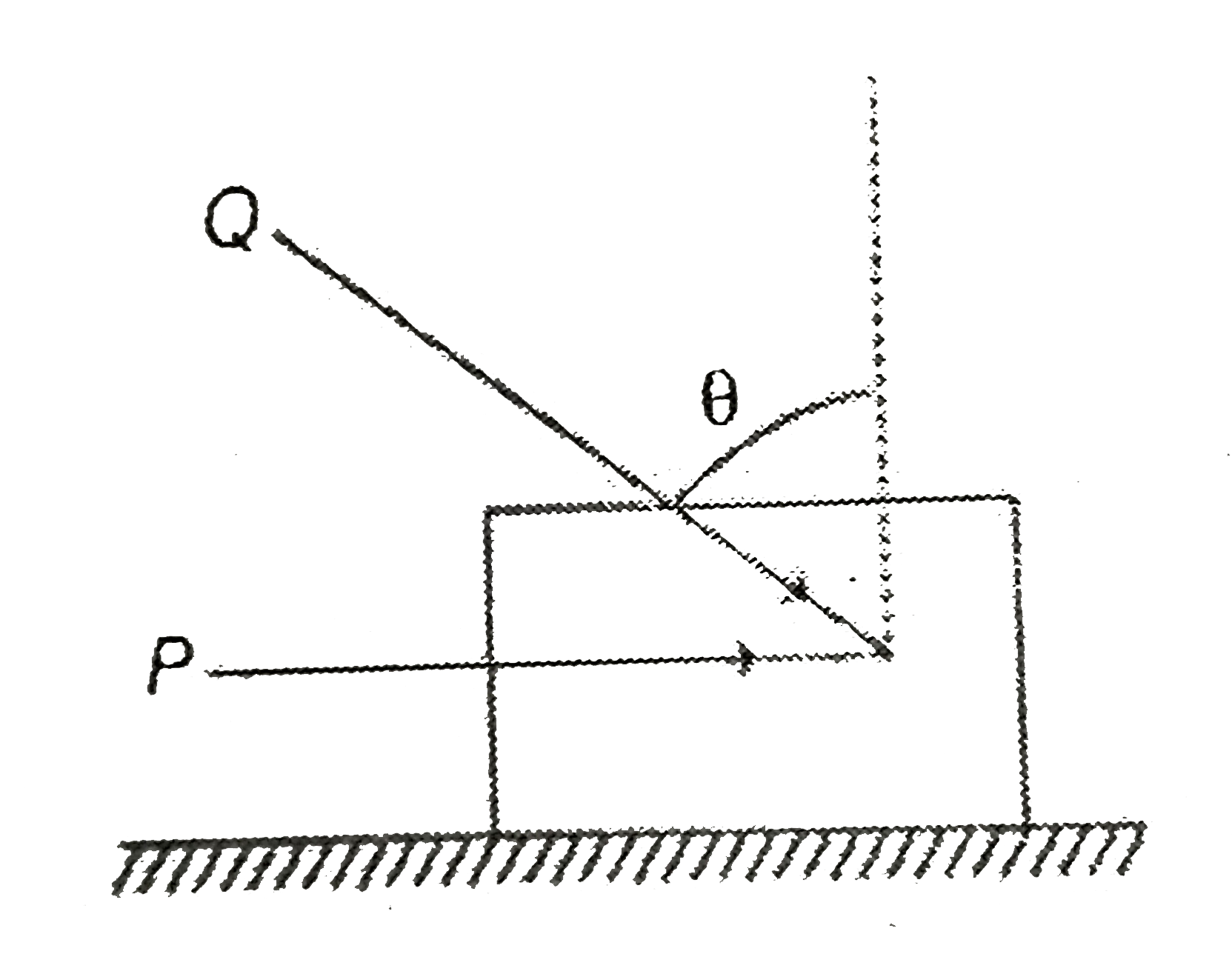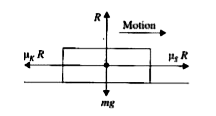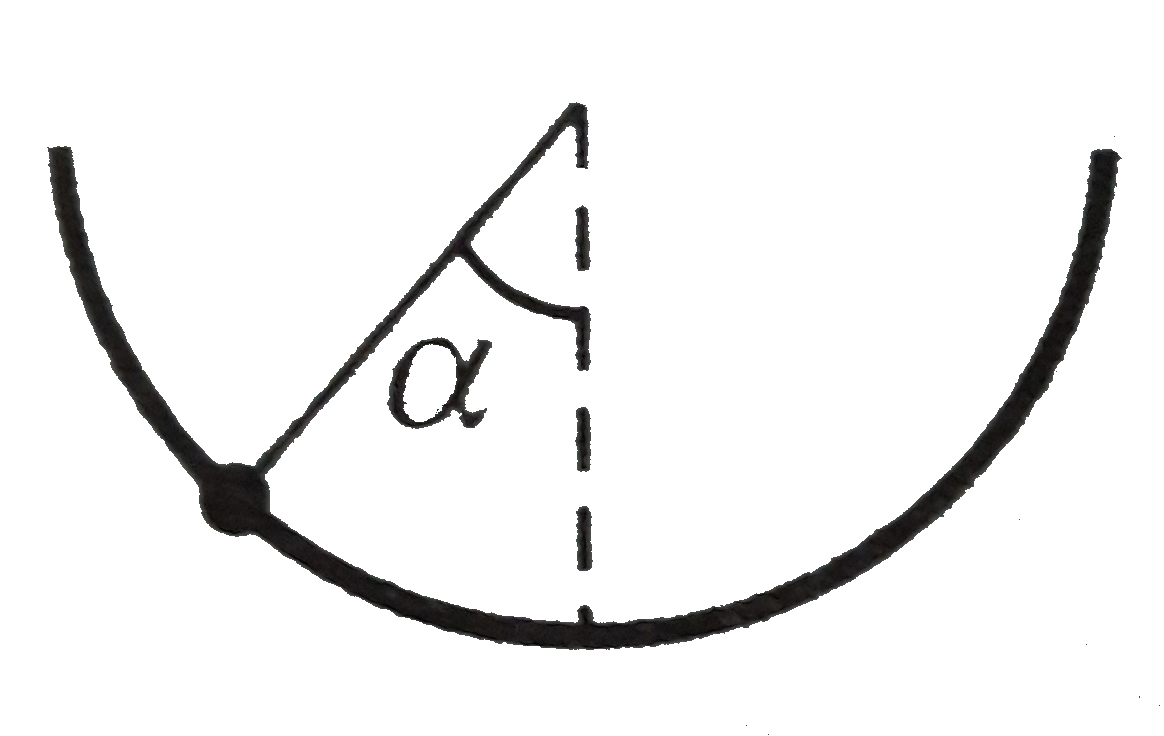Complete Solutions to FRICTION of chapter COMPETITION CARE UNIT of Class 11 book with complete answers and questions
| Class 11 | PHYSICS |
| Chapter | COMPETITION CARE UNIT |
| S CHAND | FRICTION |
| Number Of Questions | 22 |
| Academic Year | 2023-24 |
The frictional force between two surfaces is independent of
View SolutionFrictional forces are considered to act in a direction
View SolutionWhile walking on ice, one should take small steps to avoid sliping. This is because smaller steps ensure
View SolutionTwo masses A and B of 10 kg and 5 kg respectively are connected with a string passing over a frictionless pulley fixed at the corner of a table as shown in Fig. 15.4.1. The co-efficient of friction of A with the table is 0.2 The minimum mass of C that may by placed on A to prevent it from moving is equal to

View SolutionA 40kg slab rest on a frictionless floor as shown in . A 10kg blocks rests on the top of the slab. The static coefficient of friction between the block and the slab is `0.60`, while kinetic friction is `0.40`. The 10kg block is acted upon by a horizontal force of 100N. What is the resulting acceleration of the slab ?

View SolutionConsider, a car moving along a straight horizontal road with a speed of 72 km/h. If the coefficient of static friction between the tyre and the road is 0.5, the shortest distance in which the car can be stopped is (Take `g=10 //s^(2)`)
View SolutionA body of mass 100 g is sliding from an inclined plane of inclination `30^(@)`. What is the frictional force experienced if `mu = 1.7` ?
View SolutionIf a block moving up at `theta = 30^(@)` with a velocity 5m/s, stops after 0.5 sec, then what is `mu`
View SolutionA 20 kg block is initially at rest. A 75 N force is required to set the block in motion. After the motion a force of 60 N is applied to keep the block moving with constant speed. The coefficient of static friction is
View SolutionA block A of mass 4 kg is placed on another block B of mass 5 kg and the block rests on a smooth horizontal table. For sliding the block A on B, a horizontal force of 12 N is required to be applied on it. The maximum horizontal force that can be applied on B so that both A and B move together and the acceleration produced by this force is

View SolutionStarting from rest, a body slides down a `45^(@)` inclined plane in twice the time it itakes to slide the same distance in the absence of friction.
They the coefficient of friction between the body and the inclined plane is
View SolutionIf a cyclist moving with a speed of 4.9 m/s on a level can take a sharp circular turn of radius 4 m, then coefficient between the cycle tyres and road is
View SolutionA heavy uniform chain lies on horizontal table top. If the coefficient of friction between the chain and the table surface is 0.25, then the maximum fraction of the length of the chain that can hang over one edge of the table is
View SolutionA block slides with a velocity of 10 m/sec. on a rough horizontal surface. It comes to rest after covering of 50 m. If g is 10 m/`sec^(2)`, then the coefficient of dynamic friction between the block and surface is
View SolutionA block of mass 2 kg is placed on the floor. The coefficient of static friction is 0.4. A force F of 2.5 N is applied on the block as shown in Fig. 15.4.4. The force of friction between the block and the floor is `(g = 9.8 m//s^(2))`

View SolutionA block of mass m lying on a rough horizontal plane is acted upon by a horizontal force P and another force Q inclined at an angle `theta` to the vertical. The minimum value of coefficient of friction of friction between the block and the surface for which the block will remain in equilibrium is

View SolutionWhen two surfaces are coated with a lubricant, then they
View SolutionFor a body on a horizontal surface, coefficients of static and kinetic frictions are 0.4 and 0.2 respectively. When the body is in uniform motion on the surface, a horizontal force equal in magnitude to limiting friction is applied on it. The acceleration produced is

View SolutionA cubical box of side L rests on a rough horizontal surface with coefficient of friction p. A horizontal force F is a applied on the block as shown in Fig. 15.4.6. If the coefficient of friction is sufficiently high so that the block does not slide before toppling, the minimum force required to topple the block is

View SolutionA block of mass 3 kg rests on a rough inclined plane making an angle of `30^(@)`. With the horizontal. The coefficient of static friction between the block and the plane is 0.7. The frictional force on the block is
View SolutionA cylinder rolls up an inclined plane, reaches some height and then rolls down (without slipping thoughout these motions) .The directions of the firctional force acting on the cylinder are
View SolutionAn insect crawls up a hemisherical surface very slowly .The coefficient of friction between the insert and the surface is `1//3` If the line joining the center of the hemisherical surface of the insert makes on angle a with the verticle , find the maximum possible value of a

View Solution
FRICTION questions and complete solutions for chapter COMPETITION CARE UNIT of S CHAND PHYSICS (ENGLISH) of Class 11
All Exercises from S CHAND Class 11 PHYSICS COMPETITION CARE UNIT
- Dynamics (PROJECTILE MOTION)
- Dynamics (UNIFORMLY ACCELERATED MOTION)
- Dynamics ( Laws of motion )
- Dynamics ( WORK POWER ENERGY )
- FRICTION
- GRAVITATION
- INTERNAL ENERGY
- MOTION IN FLUIDS
- NDA EXAM QUESTIONS
- OBJECTIVE QUESTIONS FROM PREVIOUS IAS EXAMINATIONS
- OSCILLATIONS
- PROPERTIES OF MATTER (CALORIMETRY, CHANGE OF STATE & KINETIC THEORY OF GASES )
- PROPERTIES OF MATTER (ELASTICITY )
- PROPERTIES OF MATTER (SURFACE TENSION )
- THERMAL CONDUCTION
- THERMAL RADIATION
- UNIFORM CIRCULAR MOTION
- UNIFORM CIRCULAR MOTION (ROTATIONAL MOTION AND MOMENT OF INERTIA )
- UNITS, DIMENSIONS
- VECTORS AND SCALARS [Selected from Previoius Years Engg. & Med. & IIT Exam Qns]
- WAVES